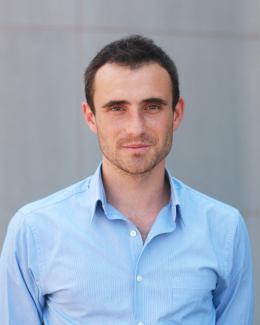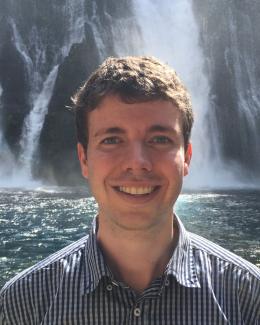Abstract
The celebrated Little-Parks effect in mesoscopic superconducting rings has recently gained great attention due to its potential to probe half-quantum vortices in spin-triplet superconductors. However, despite the large number of works reporting anomalous Little-Parks measurements attributed to unconventional superconductivity, the general signatures of spin-triplet pairing in the Little-Parks effect have been less systematically investigated. Here we use Ginzburg-Landau theory to study the Little-Parks effect in a spin-triplet superconducting ring that supports half-quantum vortices; we calculate the field-induced Little-Parks oscillations of both the critical temperature itself and the residual resistance resulting from thermal vortex tunneling below the critical temperature. We observe two separate critical temperatures with a single-spin superconducting state in between and find that due to the existence of half-quantum vortices, each minimum in the upper critical temperature splits into two minima for the lower critical temperature. From a rigorous calculation of the residual resistance, we confirm that these two minima in the lower critical temperature translate into two maxima in the residual resistance below and establish the general conditions under which the two maxima can be practically resolved. In particular, we identify a fundamental trade-off between sharpening each maximum and keeping the overall magnitude of the resistance large. Our results will guide experimental efforts in designing mesoscopic ring geometries for probing half-quantum vortices in spin-triplet candidate materials on the device scale.




